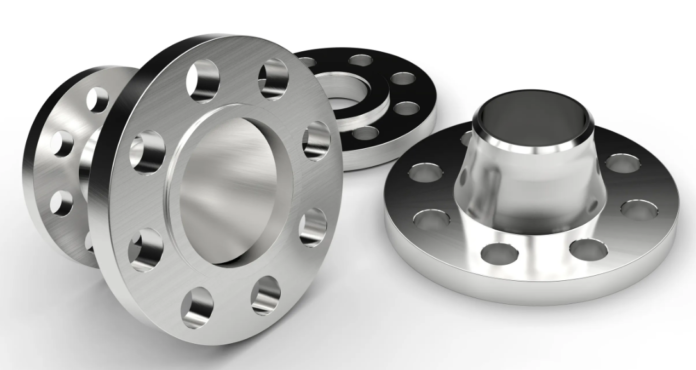Metal stamping is a cold forming process, which uses dies and stamping machines to stretch and shape metal sheets into a specified shape. The metal stamping process includes putting the flat metal into the punch in the form of blank. In a press, the punch pushes the metal into the mold and makes the metal into a finished part.
The most common metals in stamped metal manufacturing include aluminum, stainless steel, mild steel, copper and brass.
Aluminium
Aluminum is a non-ferrous metal, which is relatively cheap and has excellent strength to weight ratio, making the parts durable, strong and light in weight. Another advantage of using aluminum in metal stamping is that it is corrosion resistant and non-toxic.
It also has an additional advantage that no coating is required during finishing, although it can be anodized to enhance its appearance and improve its corrosion resistance. The lightweight strength of aluminum is critical to the automotive and aerospace industries, where eliminating excess weight can improve fuel economy.
Stainless steel
Stainless steel is a ferrous metal containing a large amount of chromium, molybdenum and nickel. Stainless steel provides ideal properties for stamped stainless steel, including corrosion resistance, non-magnetic, excellent wear resistance, no need for electroplating and heat treatment.
When used in aerospace and national defense, lawn and garden sealing equipment, as well as pipe and valve industries, stainless steel is usually selected as the preferred material for metal stamping.
Mild steel
There are two kinds of low-carbon steel materials: flat plate and coiled material. Mild steel offers many benefits for metal stamping, including being a low-cost, high-strength material. It can be used to manufacture a variety of parts at a lower single price. Mild steel is a very durable metal, commonly used in sealing technology, automotive, lawn and garden applications.
Copper and Brass
Copper is easy to form, very suitable for rapid production of integrated seamless components, and compatible with the cold forming process, which hardens the metal. Copper is a low maintenance and durable metal with corrosion resistance and natural health characteristics, which is suitable for medical, food and beverage industries.
Brass is a copper zinc alloy, which retains many beneficial properties of copper. Brass has a smooth surface, corrosion resistance and provides electrical conductivity, making it suitable for a wide range of electronic applications.
Benefits of using deep drawing metal stamping process
Deep drawing metal stamping has several significant manufacturing advantages, because it can rapidly and economically mass produce simple, complex or complex parts, while complying with strict design specifications with high accuracy.

